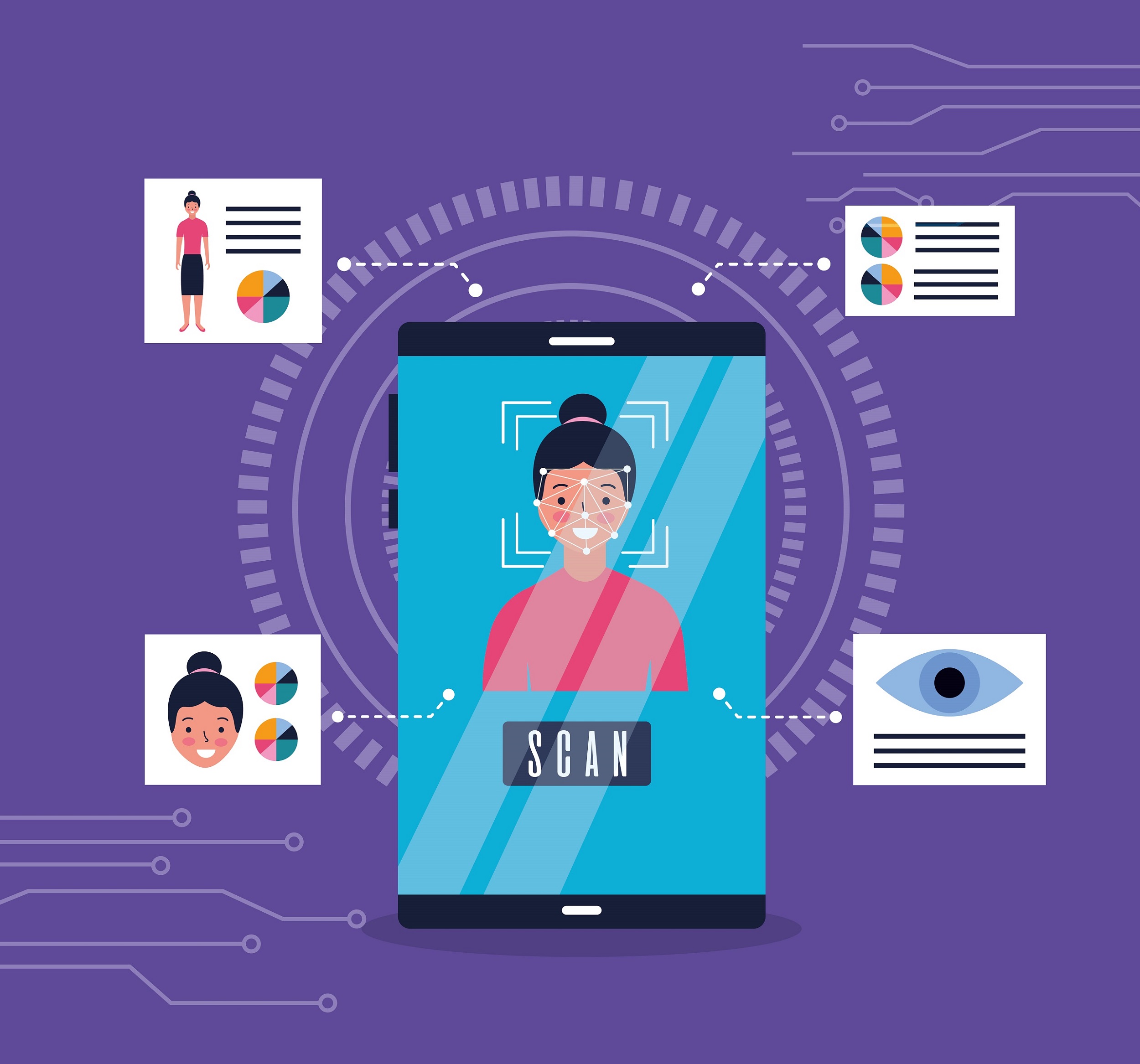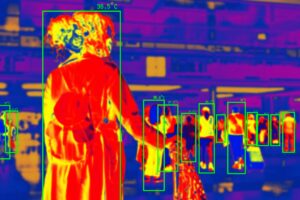Integrating AI with Live Video Monitoring to Improve Retail Operations

Integrating AI with Live Video Monitoring to Improve Retail Operations
As the retail landscape becomes increasingly competitive, businesses are under constant pressure to improve efficiency, reduce losses, and enhance customer experience. Video surveillance for retail has long played a crucial role in retail security, but the integration of Artificial Intelligence (AI) has elevated it to a powerful operational tool. AI-powered video analytics is revolutionizing how retail stores manage inventory, detect theft, and optimize store operations in real time.
From multinational chains to local shops, AI-enhanced surveillance systems are delivering measurable results. In this blog, we’ll explore how integrating AI with live video monitoring can dramatically improve retail operations—particularly in inventory management and loss prevention—and we’ll take a look at real-world examples of retailers reaping these benefits.
The Evolution of Video Surveillance in Retail
Traditional video surveillance was largely passive. Cameras would record hours of footage, requiring security personnel to sift through data manually—often after an incident had already occurred. While helpful as a deterrent and for post-incident analysis, this method fell short in delivering real-time action.
AI changes the game. By integrating machine learning and computer vision into video surveillance systems, retailers can now automate threat detection, monitor foot traffic, analyze shelf inventory, and even detect unusual behavior—all in real time.

Benefits of AI-Powered Video Analytics in Retail
AI-powered surveillance offers much more than just improved security. When integrated properly, it becomes a dynamic tool for retail operations. Here are the core areas where AI adds value:
1. Real-Time Inventory Management
Managing inventory is one of the most critical challenges for retailers. Stockouts can lead to lost sales, while overstocking ties up capital and clutters store space.
AI-enabled cameras can:
• Monitor shelves and alert staff : when products are running low or out of stock.
• Track product movement : from shelves to checkout counters.
• Analyze inventory trends : to forecast demand and optimize restocking schedules.
These insights reduce reliance on manual stock checks and increase the accuracy of inventory data, leading to better product availability and customer satisfaction.
2. Loss Prevention and Theft Detection
Shrinkage, often caused by shoplifting or employee theft, costs the retail industry billions annually. AI helps combat this by:
• Detecting suspicious behavior patterns (e.g., lingering in certain areas, concealing items).
• Identifying repeat offenders using facial recognition (where regulations allow).
• Sending real-time alerts to security personnel, enabling faster responses.
Unlike traditional systems that rely on after-the-fact reviews, AI allows proactive intervention to stop theft before it happens.
3. Operational Efficiency
AI-driven surveillance can provide detailed insights into daily operations, such as:
• Foot traffic heatmaps to understand customer flow and optimize store layout.
• Queue monitoring to identify peak times and allocate staff more effectively.
• Compliance checks, such as ensuring employees are following proper safety or hygiene protocols.
These features help retailers create a more efficient and responsive environment that benefits both staff and customers.
Real-World Case Studies
To better understand the practical impact of AI integration, let’s examine how leading retail chains are leveraging this technology.
Case Study 1: Walmart – Reducing Stockouts with AI

Storehouse order picker in wheelchair giving parcel ready for dispatching to delivery manager. Warehouse shipment operators managing customer package distribution in inclusive storage room
Walmart has made significant investments in AI and computer vision to improve its in-store operations. In select stores, the company installed AI-powered cameras focused on shelves to monitor inventory levels in real time. These cameras track which items are running low and alert store associates to replenish them before they’re completely out.
Results:
• Reduced stockouts by up to 30%
• Improved customer satisfaction and increased sales
• Reduced labor costs associated with manual inventory checks
Case Study 2: Kroger – Smart Shelves and Loss Prevention
Kroger, one of the largest supermarket chains in the U.S., deployed smart shelving solutions combined with video analytics to track shopper interactions with products. AI algorithms analyze behavior to identify potential theft and improve shelf organization.
Additionally, Kroger uses AI cameras to monitor self-checkout stations—a frequent point of shrinkage. By identifying irregular scanning patterns and alerting staff in real time, they’ve significantly reduced losses at checkout.
Results:
• Over 70% reduction in self-checkout fraud in pilot locations
• Improved shelf stocking compliance
• Better data for merchandising decisions
Case Study 3: Decathlon – Enhancing Store Layout and Staffing
Decathlon, a global sporting goods retailer, uses AI-powered video surveillance to map customer journeys throughout the store. Heatmaps and behavior analytics have helped them redesign store layouts to improve customer flow and increase visibility for high-margin products.
They also use AI to monitor queue lengths and dynamically assign staff to checkout stations, reducing wait times and improving the customer experience.
Results:
• Increased average transaction value
• Reduced customer complaints about wait times
• Higher operational efficiency with optimized staff scheduling
Implementation Tips for Retailers
For retailers looking to adopt AI-integrated video monitoring and virtual guard post, it’s essential to follow best practices to maximize ROI and avoid common pitfalls.
Key Considerations:
• Choose scalable solutions that can adapt to multiple store sizes and layouts.
• Ensure compliance with local data privacy and surveillance laws.
• Invest in staff training to interpret AI alerts and insights effectively.
• Integrate with other systems like point-of-sale (POS) and inventory software for comprehensive visibility.
Must-Have Features:
• Real-time alerting and dashboard analytics
• Cloud storage with secure access
• Compatibility with existing camera infrastructure
• Facial recognition (where allowed)
• Behavior and pattern detection capabilities

The Future of Retail Surveillance
The integration of AI into live video monitoring is only the beginning. As technologies like edge computing, 5G connectivity, and generative AI continue to evolve, the possibilities for real-time retail intelligence will expand even further. Future applications may include:
• Automated checkout with zero human interaction
• Emotion recognition to gauge customer satisfaction
• Predictive analytics for personalized marketing in-store
Retailers who embrace these innovations early will not only secure their stores against theft but also create smarter, more engaging shopping experiences for their customers.
Final Thoughts
AI-powered video surveillance is redefining what’s possible in retail operations. By combining intelligent monitoring with actionable insights, retailers can move from a reactive to a proactive approach in managing their stores. From inventory optimization to theft prevention and beyond, the benefits are clear—and the results speak for themselves.
As technology continues to evolve, retailers who invest in AI-integrated surveillance systems today will be well-positioned to lead tomorrow.
Thank you for exploring the benefits of live video monitoring and how it’s used to protect your assets! If you’re interested in learning more about how these cutting-edge technologies can enhance the security and operations of your business, or if you’re ready to schedule a consultation for live video monitoring, don’t hesitate to reach out to us at REMOTE ALLY in Los Alamitos, CA. Our team of experts is here to provide personalized solutions tailored to your unique needs. Contact us today at 866-439-0318 or via email at [email protected]. Let’s work together to create a safer and more secure environment for your business.


